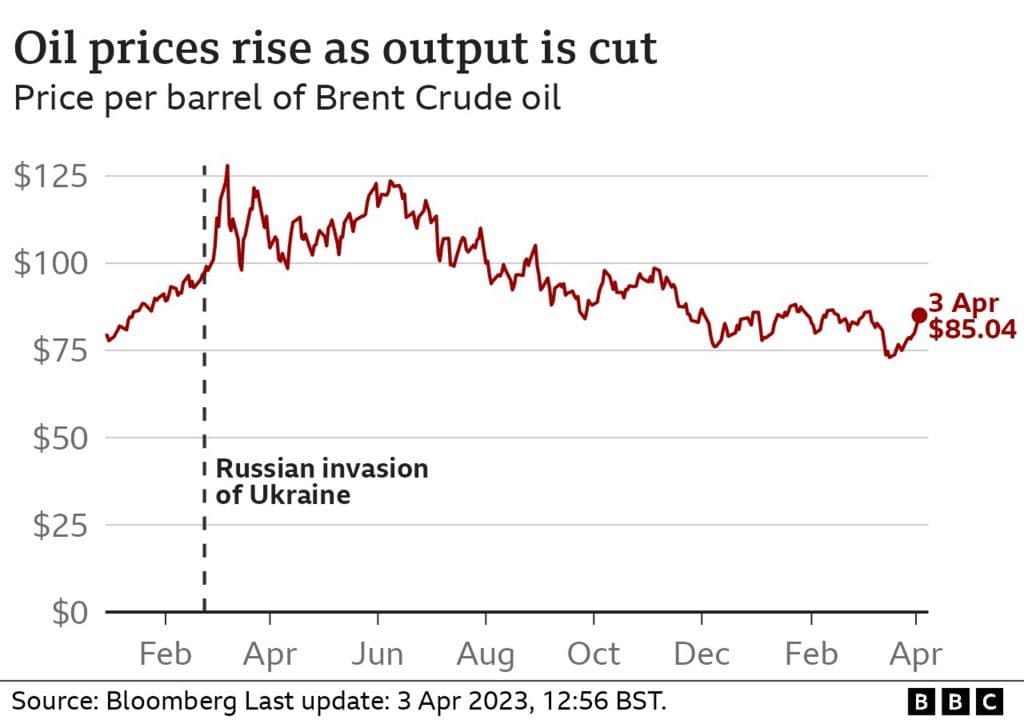U.S. Manufacturing Slows to Four Month Low as Prices Bite
Private sector surveys found U.S. manufacturing activity cooled to a four month low in November, with slower order growth and rising inventories pointing to weaker demand. The slowdown matters because manufacturing is a cyclical bellwether, and the data could weigh on growth expectations and complicate Federal Reserve policy decisions.

Private sector surveys released on November 21 showed U.S. manufacturing activity eased to a four month low in November as companies reported slower growth in new orders and inventories accumulated amid higher import tariffs and elevated prices. The decline from October levels suggests firms are facing softer demand from customers who are increasingly sensitive to price increases and supply chain costs.
The survey, compiled from a cross section of U.S. manufacturers, indicated that while firms continued to add staff in November, the pace of hiring was not enough to offset the softening in order books. Production growth moderated as companies worked down backlogs and reassessed near term output plans in the face of tepid demand. Inventories rose, a development that economists view as a potential warning sign of slowing shipments in the months ahead if orders do not pick up.
Higher import tariffs and persistent price pressures were cited by respondents as important restraints on demand. Those cost pressures have been passed through to customers in many sectors, reducing purchase appetite for both consumer oriented and capital goods. The combination of weaker new orders and inventory accumulation amplifies concerns that the manufacturing sector could act as a drag on overall economic momentum as the year closes.
Manufacturing represents roughly one tenth of U.S. gross domestic product but tends to lead cyclical swings in the economy because investment and trade intensive goods are sensitive to changes in demand. A sustained weakening in factory activity would therefore have spillover effects on suppliers, logistics firms, and business investment decisions, increasing the risk of slower growth into the first half of next year.
Analysts flagged the data as consequential for financial markets and policy makers. With the Federal Reserve weighing whether to alter interest rate settings in response to inflation and activity indicators, a cooling manufacturing sector could temper expectations for further rate increases or shape the timing of any easing. Market participants will be watching incoming data on consumer spending, production, and payrolls to gauge whether the cooling is confined to factories or is spreading across the economy.
For business managers the immediate challenge is inventory management and pricing strategy. Firms with rising stocks may slow production and adjust hiring if new order trends do not improve, while those with exposure to tariff affected inputs face margin pressure. The divergence between continued payroll gains and softer order growth highlights a labor market that remains resilient but may be more vulnerable to a demand shock originating in the industrial sector.
Policymakers will weigh the implications as they interpret incoming data in the coming weeks. If manufacturing weakness persists, it could reduce the upside risk to inflation from goods prices, but it would also raise the risk that growth momentum weakens at a time when consumers are already contending with higher costs. The balance between those outcomes will be central to Fed deliberations and to market expectations for monetary policy in 2026.

